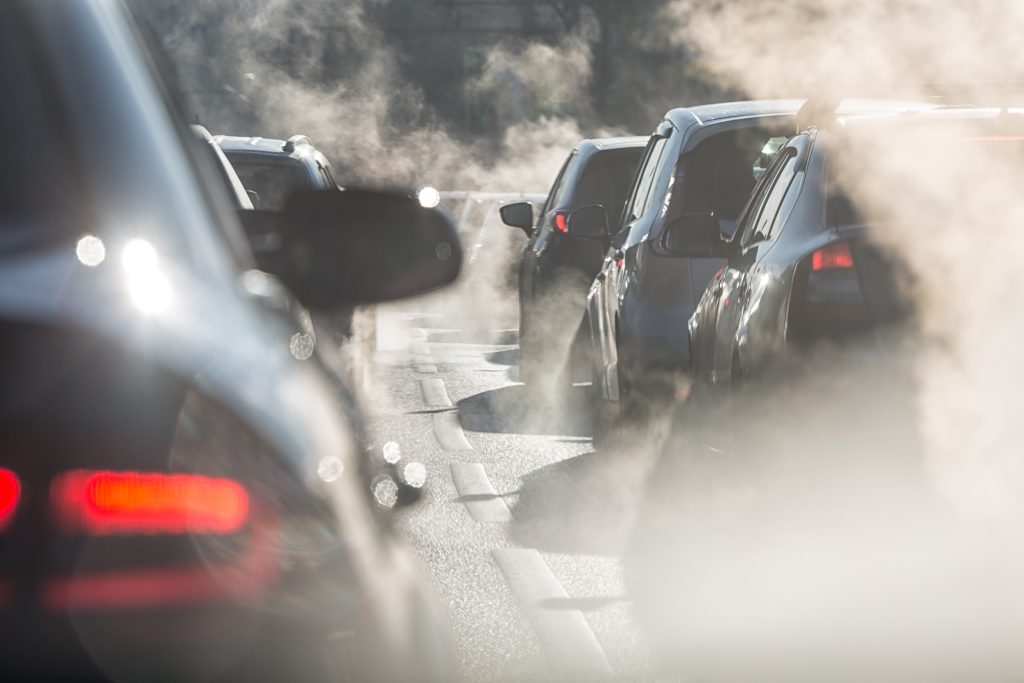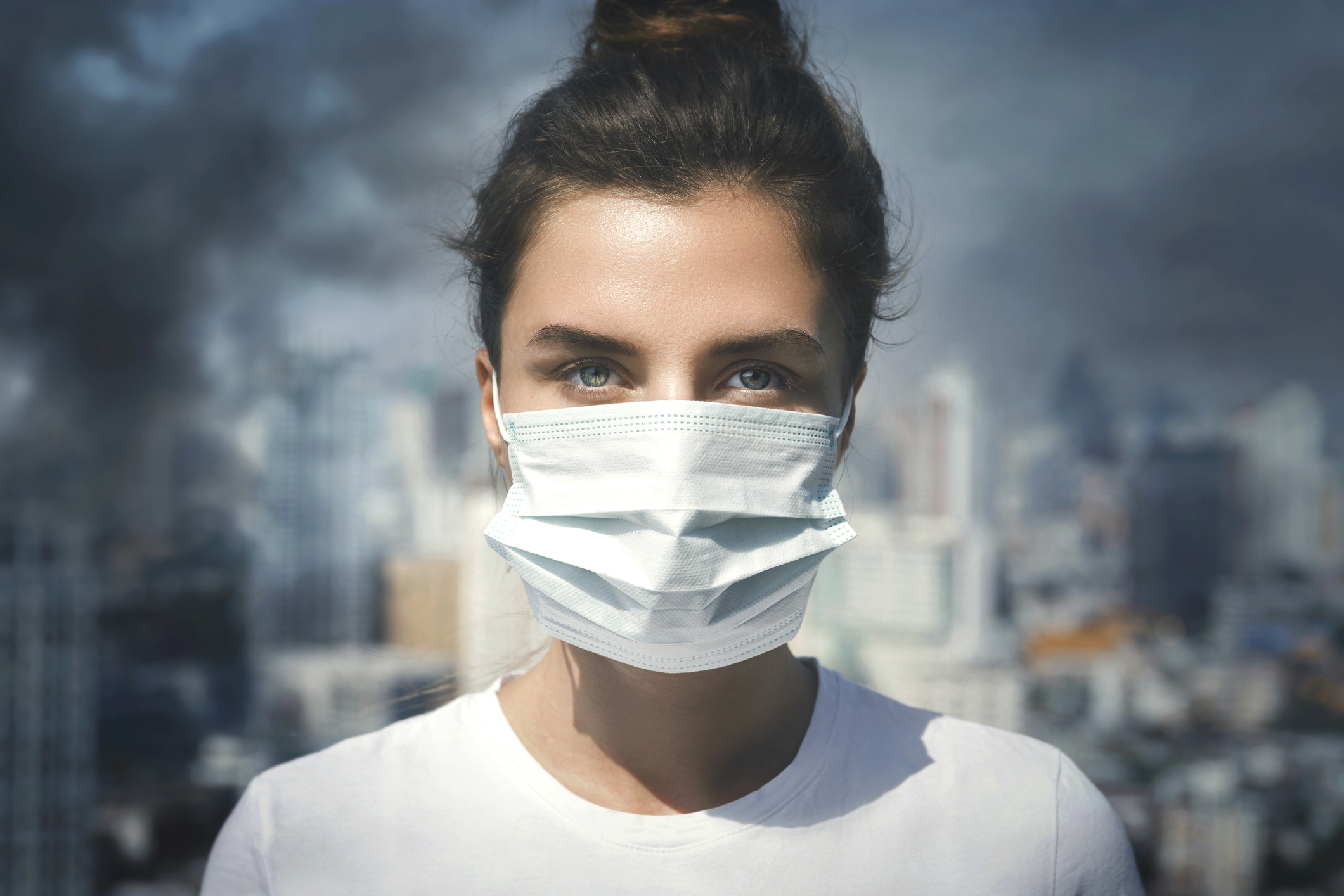The Invisible Threat: Understanding air quality and its impacts
- By AirScape
- May 30, 2023
The Invisible Threat: Understanding air quality and its impacts
Clean air, like clean water and uncontaminated food, is a fundamental human necessity. But how often do we pause to consider the quality of the air we breathe? According to the World Health Organization, nine out of ten of us breathe air that exceeds their safety guidelines. This invisible threat poses severe risks to our health and the environment.
Understanding Air Pollution
Air pollution is the presence of substances in the air that can cause harm or discomfort to humans, animals, or the environment. These pollutants can be either natural (like volcanic ash or pollen) or man-made (like vehicle emissions or industrial waste).
The main types of air pollution include particulate matter, ground-level ozone, and nitrogen dioxide. Our latest AirNodeTM can measure up to seven pollutants:
PM2.5 (Fine Particulate Matter): These are extremely small particles, often described as fine dust, with a diameter of 2.5 µm or smaller. Because of their small size, PM2.5 particles can travel deep into the human respiratory system, reaching the lungs and even entering the bloodstream. Long-term exposure can lead to serious health issues like heart disease, respiratory problems, and even premature death.
PM10 (Coarse Particulate Matter): PM10 refers to particles with a diameter of up to 10 µm. While larger than PM2.5, these particles can still be inhaled and cause health problems. PM10 often originates from sources like road dust, crushing and grinding operations, and certain agricultural activities.
NO2 (Nitrogen Dioxide): This is a reddish-brown gas with a sharp, acrid smell. Nitrogen dioxide primarily gets in the air from burning fossil fuels. It contributes to the formation of smog and can exacerbate respiratory conditions, particularly asthma.
O3 (Ozone): In the upper atmosphere, ozone is beneficial by protecting us from harmful sun rays. However, ground-level ozone (tropospheric ozone) is a harmful pollutant. It is created by chemical reactions between oxides of nitrogen (NOx) and volatile organic compounds in the presence of sunlight. Breathing ozone can trigger a variety of health problems, particularly for children, the elderly, and people of all ages who have lung diseases such as asthma.
CO (Carbon Monoxide): This is a colourless, odourless gas that is harmful when inhaled in large amounts. The greatest sources of CO to outdoor air are cars, trucks, and other vehicles or machinery that burn fossil fuels. High levels of carbon monoxide can be fatal.
SO2 (Sulphur Dioxide): Another colourless gas with a strong, unpleasant smell. It is produced from burning fossil fuels, especially in power plants and industrial processes that use coal or oil. SO2 can harm the human respiratory system and make breathing difficult. It’s also a contributor to the formation of acid rain.
HC (HydroCarbons): These are organic compounds consisting entirely of hydrogen and carbon. They can be emitted naturally (e.g., from plant life) and due to human activities (e.g., burning fossil fuels). Some hydrocarbons are volatile organic compounds (VOCs), which can react with NOx and sunlight to form ground-level ozone, a key component of smog.
Each of these pollutants poses a unique threat to our health and environment. By tracking these pollutants, AirScape provides valuable data for individuals, businesses, and governments to make informed decisions, promoting cleaner, healthier, and more sustainable urban environments.

The impacts of air pollution are wide-ranging and significant.
On a health level, pollutants can cause or exacerbate conditions like asthma, lung disease, and heart disease. Long-term exposure can even lead to premature death. Vulnerable people such as the elderly, children, and those with pre-existing health conditions are particularly at risk.
The environment is also severely affected by air pollution. Acid rain, caused by sulphur dioxide and nitrogen dioxide, can harm vegetation and aquatic ecosystems. Ground-level ozone can damage crops and other vegetation, reducing agricultural productivity. Air pollution also plays a significant role in climate change.
You can’t manage what you can’t measure.
The invisible threat of air pollution is a shared responsibility, one that demands our immediate attention and action.
Street-level, air quality data in real time, enables everyone to understand, manage, and ultimately reduce air pollution. AirScape brings visibility to the invisible, allowing you to identify problem areas, deploy targeted interventions, and measure their effectiveness. This detailed insight supports informed decision-making and empowers you to improve the air quality in your community.
We believe that clean air is a human right, and a vital aspect of community health and wellbeing. Every breath of fresh air counts towards a healthier and more sustainable planet.
Find out how AirScape can support your air quality initiatives and goals by visiting our platform at airscape.ai.

